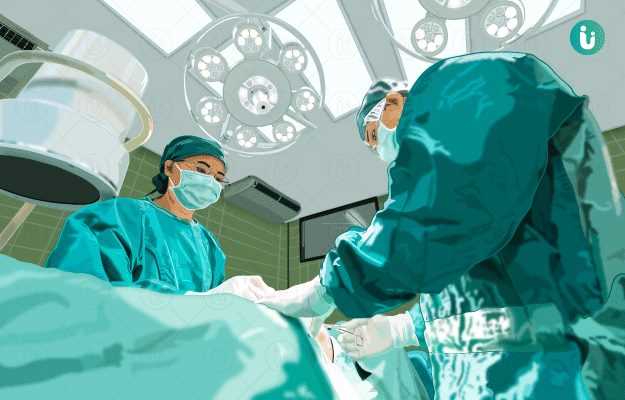Summary
Deep brain stimulation (DBS) involves the implantation of electrodes inside certain areas of the brain to stop abnormal electrical signals associated with neurological disorders such as Parkinson’s disease. The DBS system consists of various parts, including thin metal wires connected to the electrode and a pulse generator. The electrode is implanted in the brain while the power generator is placed usually under the chest skin below the collar bone.
The surgery is conducted in two stages, the first stage is for implanting the electrode, and the pulse generator is inserted in the second stage. Both the stages of the surgery are performed either on the same day or three to six weeks apart. The procedure does not cure the condition, but it helps to alleviate the symptoms of the condition and decreases dependency on medications.
You will need several visits to the hospital for programming of the pulse generator after the surgery.






































